Greenhouse gas emissions in livestock industry increase sharply
In our country, livestock farming plays a very important role. The products of this industry not only meet the food needs of 100 million people but are also related to the livelihood of about 6 million farmers.
However, with a pig herd of about 28-29 million, a poultry herd of about 545 million, a buffalo herd of 2.3 million, a cow herd (including dairy cows) of 6.7 million, a goat and sheep herd of 2.9 million,... livestock farming is the second largest greenhouse gas emitter in the agricultural sector.
Accordingly, greenhouse gas emissions from livestock include two main sources: methane from the rumen of ruminants and CH4, N2O from animal manure.
According to the Ministry of Agriculture and Rural Development, the total amount of livestock waste in 2022 will reach 81.8 million tons. Of which, pig farming accounts for 44.9%, beef cattle accounts for 26.7%, buffalo accounts for 15.3%, poultry accounts for 8.1%, dairy cows account for 4.9%; liquid waste generated from livestock activities in 2022 is estimated at about 379 million m3. However, only about 50% of solid waste and 20% of liquid waste are treated before being discharged into the environment.
According to the 2016 survey results, the amount of greenhouse gas emissions from ruminant rumen accounted for the highest proportion, 444,000 tons of CH4 (equivalent to 12.42 million tons of CO2e), followed by emissions from animal manure including 11,000 tons of N2O (equivalent to 2.97 million tons of CO2e) and 112,000 tons of CH4 (equivalent to 3.13 million tons of CO2e).
According to the list of emission factors for greenhouse gas inventory published by the Ministry of Natural Resources and Environment at the end of 2022, among animals that emit methane from the rumen, dairy cows emit about 78 kg of CH4/head/year, buffaloes about 76 kg of CH4/head/year, beef cattle 54 kg of CH4/head/year, horses 18 kg of CH4/head/year, goats and sheep 5 kg of CH4/head/year, pigs 1 kg of CH4/head/year.
However, due to the large number of beef cattle and buffaloes raised in our country, the annual methane emissions from beef cattle are up to 250,000 tons/year, buffaloes with 138,000 tons and dairy cows about 20,000 tons/year.
Similarly, if the average weight of a standard pig for sale is 90kg, one pig emits approximately 438kg of CO2 equivalent. Normally, a household will sell at least 2 litters of pigs/year, if the average scale of raising pigs is 3,000 pigs, it will emit approximately 3,000 tons of CO2 equivalent/year.
The recent national greenhouse gas inventory report shows that greenhouse gas emissions from the livestock industry are on an upward trend over the years. Specifically, in 2016, greenhouse gas emissions from the livestock industry were 18.5 million tons of CO2 equivalent, in 2018 it increased to 22.2 million tons of CO2, and in 2020 the emissions reached more than 30.84 million tons of CO2.
4,000 livestock farms will have to inventory greenhouse gases
In the Draft Decree amending and supplementing a number of articles of Decree No. 06/2022/ND-CP dated January 7, 2022 of the Government regulating the reduction of greenhouse gas emissions and protection of the ozone layer, the Ministry of Natural Resources and Environment has added the livestock industry (pigs, cows) to the list of establishments required to inventory greenhouse gases.
According to Viet Nam's Nationally Determined Contribution, the potential for emission reduction measures related to the livestock sector over the entire 2021-2030 period is 152.5 million tonnes of CO2 equivalent, accounting for 54% of the total emission reduction potential of the agricultural sector.
Deputy Minister of Agriculture and Rural Development Phung Duc Tien emphasized that the trend of green production is developing at a global level. Therefore, inventorying greenhouse gases and reducing emissions in livestock farming is a must.
Speaking with PV.VietNamNet , Mr. Nguyen Xuan Duong - Chairman of the Vietnam Livestock Association - also affirmed that reducing greenhouse gas emissions and protecting the ozone layer is the right policy of the State to realize commitments on reducing greenhouse gas emissions and combating global climate change.
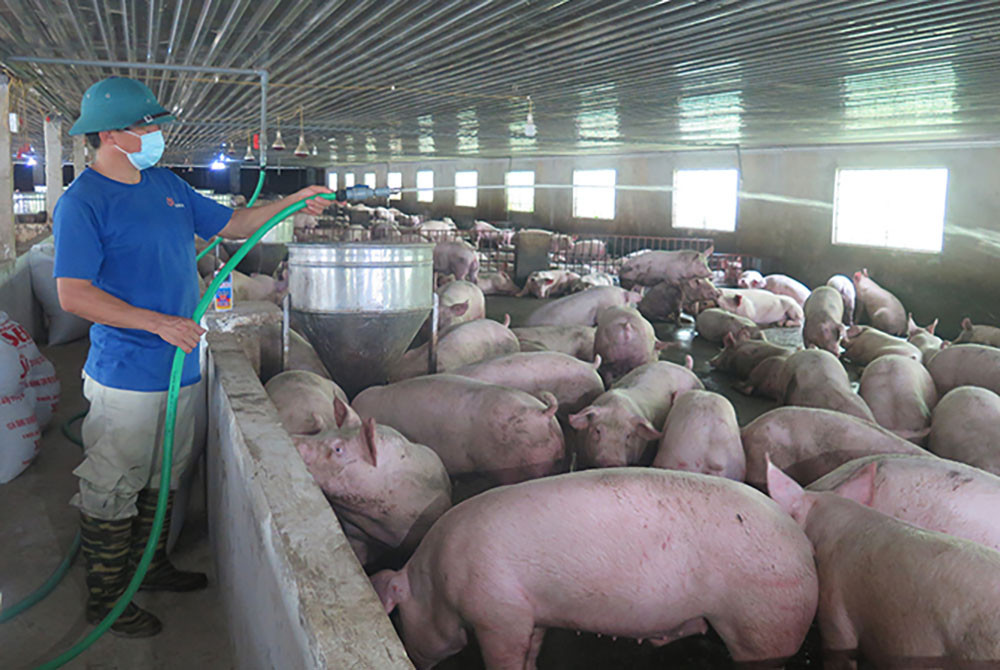
However, it is not suitable to apply this immediately to pig and cow farms in our country. Mr. Duong said that recently, this association has proposed that the Government not include the livestock sector in the list of sectors that must conduct greenhouse gas inventories; if it is done, it should be voluntary, not mandatory.
According to the draft, farms with a regular scale of 3,000 pigs and 1,000 or more cows will have to conduct greenhouse gas inventories. That means more than 4,000 pig and cow farms will have to do this work, costing a huge amount of money.
Just to conduct a greenhouse gas inventory, each farm must spend from 100-150 million VND/year. Notably, most farms in our country cannot conduct their own inventory because it is too complicated. For example, TH Group - a large enterprise in the livestock sector - also took 4 years to complete the greenhouse gas inventory.
Not to mention, after taking inventory, businesses and farms must also reduce emissions according to the assigned quota. If they fail to meet the quota, they will be punished or have to buy carbon credits to compensate. This will increase the cost of livestock products and reduce competitiveness in the market.
Around the world, many countries have required livestock farms to inventory greenhouse gases, but the roadmap from request to mandatory implementation is 5 years.
In our country, Mr. Duong also recommended that there should be a roadmap so that businesses and livestock farms have time and conditions to get acquainted, acquire appropriate knowledge and technology, renovate barns and prepare resources to be able to implement these very new and complicated issues.
According to Deputy Minister Phung Duc Tien, it is necessary to first understand the current situation and build a specific roadmap for the livestock industry. Along with that, clarify the measurement method and identify organizations capable of accreditation. In addition, businesses and associations need to be pioneers and be able to share experiences in implementing greenhouse gas inventories. Several countries have been developing carbon projects for the livestock sector. For example, China, India and Thailand have successfully developed and registered carbon credit projects for their livestock farms. This is a great opportunity for Vietnamese businesses and livestock farms to develop emission reduction projects, increase revenue and move towards sustainable development, contributing to the country's emission reduction target. |
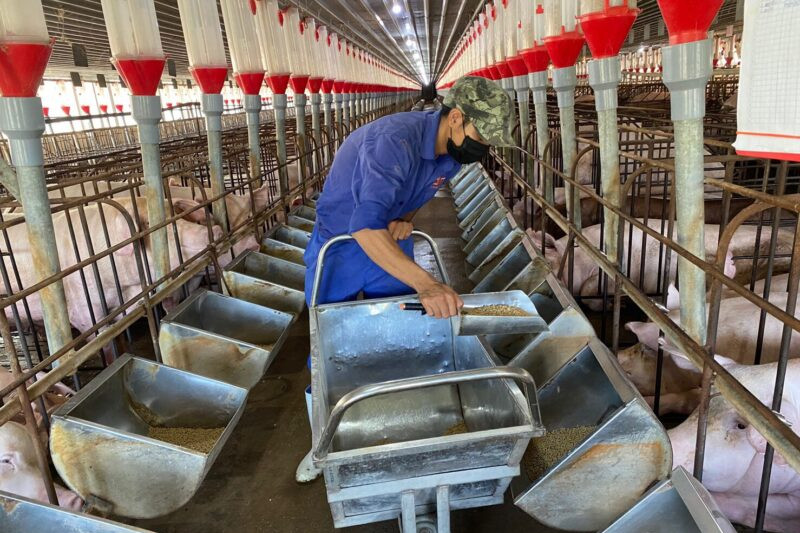
Source: https://vietnamnet.vn/kiem-ke-khi-nha-kinh-ton-toi-tram-trieu-4-000-trang-trai-chan-nuoi-sot-ruot-2289834.html



![[Photo] General Secretary To Lam visits exhibition of achievements in private economic development](https://vphoto.vietnam.vn/thumb/1200x675/vietnam/resource/IMAGE/2025/5/18/1809dc545f214a86911fe2d2d0fde2e8)

![[Photo] Ready for the top competitions of Vietnamese table tennis](https://vphoto.vietnam.vn/thumb/1200x675/vietnam/resource/IMAGE/2025/5/18/9c547c497c5a4ade8f98c8e7d44f5a41)






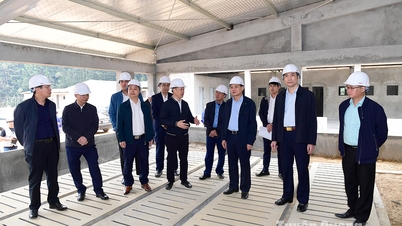





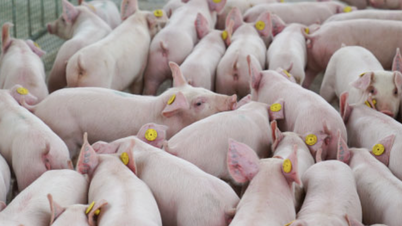













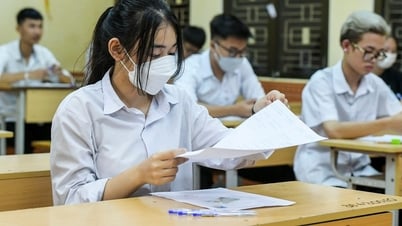
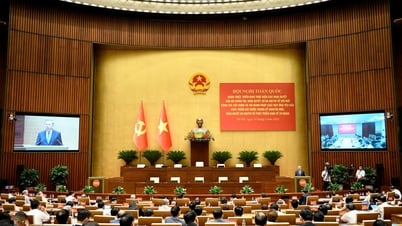



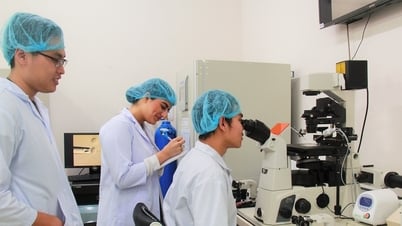
![[Photo] National conference to disseminate and implement Resolution No. 66-NQ/TW and Resolution No. 68-NQ/TW of the Politburo](https://vphoto.vietnam.vn/thumb/1200x675/vietnam/resource/IMAGE/2025/5/18/adf666b9303a4213998b395b05234b6a)













































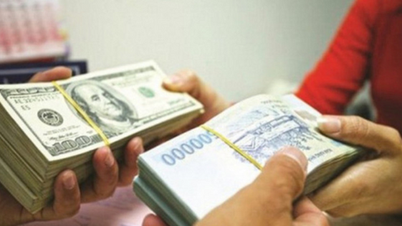

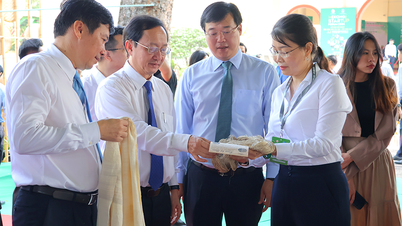













Comment (0)